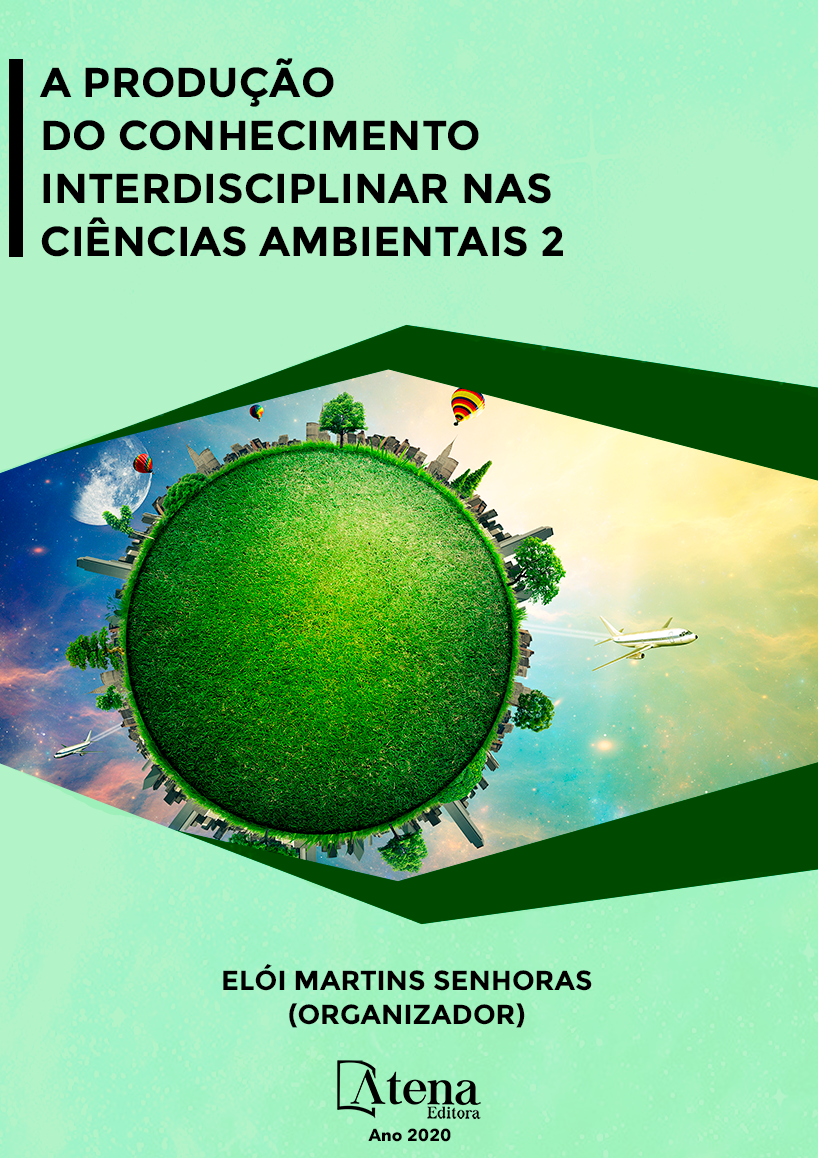
ESTUDO DA UTILIZAÇÃO DE RESÍDUO DE CASCA CERÂMICA DE MICROFUSÃO NO CONCRETO EM SUBSTITUIÇÃO AO AGREGADO GRAÚDO E MIÚDO NATURAL
O Brasil destaca-se como o sétimo
produtor mundial de fundidos e um dos grandes
desafios é a gestão dos resíduos. Este trabalho
tem como objetivo a incorporação do resíduo
de casca cerâmica no concreto, visando à
preservação ambiental, a reciclagem e a
redução no consumo de recursos naturais.
Com isso, foram desenvolvidas substituições
dos agregados graúdo e miúdo (brita e areia),
realizando testes comparativos com o concreto
convencional. Foram dosados corpos de prova
pelo método IPT EPUSP e avaliadas a massa
específica, a relação a/c e o consumo de cimento.
Em estado endurecido, foram realizados
testes de resistência à compressão, absorção
de água, índice de vazios, massa específica
e de carbonatação. A absorção de água da
casca cerâmica, utilizada como agregado
miúdo e como graúdo aumentou a relação a/c
conforme o aumento do teor de substituição.
Houve redução do consumo de cimento e
aumento da resistência à compressão quando
comparado com o concreto convencional. O
teste de carbonatação apresentou resultados
satisfatórios. Por fim, o estudo mostra que o
uso de casca cerâmica tem grande potencial,
devendo ser avaliado cada caso de substituição
em função do produto a ser gerado.
ESTUDO DA UTILIZAÇÃO DE RESÍDUO DE CASCA CERÂMICA DE MICROFUSÃO NO CONCRETO EM SUBSTITUIÇÃO AO AGREGADO GRAÚDO E MIÚDO NATURAL
-
DOI: 10.22533/at.ed.1912010028
-
Palavras-chave: Casca cerâmica, concreto, resíduo sólido, agregado reciclado.
-
Keywords: Investment casting, ceramic residue, concrete, solid waste, recycled aggregate.
-
Abstract:
Brazil stands out as the seventh
global producer of castings and one of the great
challenges is waste management. The objective
of this work is the incorporation of the residue of ceramic shell in the concrete, aiming
the environmental preservation, the recycling and the reduction in the consumption
of natural resources. With this, substitutions of the coarse and fine aggregates were
developed (gravel and sand), conventional concrete carrying out comparative tests.
The specimens were mixed by the IPT EPUSP method and the specific mass, the
w/c ratio and the cement consumption were evaluated. In the hardened state, tests of
compressive strength, water absorption, voids index, specific mass and carbonation
were performed. The water absorption of the ceramic peel as both a small and large
aggregate increased the w/c ratio as the substitution content increased. There was
a reduction in cement consumption and an increase in compressive strength when
compared to conventional concrete. The carbonation test presented satisfactory results.
Finally, the study shows that the use of ceramic shell has great potential, and should be
evaluated each case of substitution depending on the product to be generated.
-
Número de páginas: 15
- Rejane Maria Candiota Tubino
- Marina Tedesco


